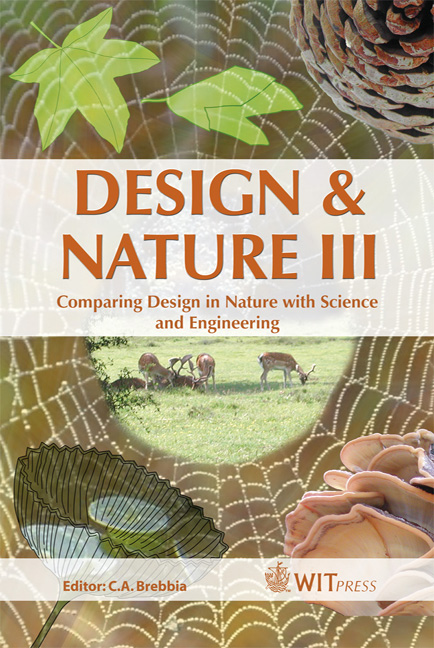The Creation Of An Eco-tourism Site: A Case Study Of Pulau Singa Besar
Price
Free (open access)
Transaction
Volume
87
Pages
8
Published
2006
Size
253 kb
Paper DOI
10.2495/DN060301
Copyright
WIT Press
Author(s)
A. Abdullah, A. M. Abdul Rahman, A. Bahauddin & B. Mohamed
Abstract
Ecotourism is the fastest growing form of tourism in Malaysia. It currently makes up about 10% of the country’s tourism revenue. The Malaysian Government, specifically the Minister of Culture, Arts and Tourism has adopted a National Tourism Policy and National Ecotourism Plan (1996–2005) to encourage visitation to rural areas in order to enhance economic development as well as to meet the demands of what was perceived to be increased interest in the natural heritage of the country by the international tourism market. The development of Pulau Singa Besar, a small island off the legendary and more famous Langkawi Island in Malaysia is among one of the many efforts. The importance of sustainable planning, design and management is critical if an ecotourism site is to continue in generations to come. This paper addresses fundamental issues in the planning, design and implementation of various projects on the island of Pulau Singa Besar. It focuses on the lessons learned for future development. Keywords: ecotourism, sustainability, development, design. 1 Introduction In 1987, the concept of sustainable development was first introduced in a report entitled Our Common Future by the World Commission on Environment and Development of the United Nation [1]. According to the Commission, sustainable development is defined as \“…development that meets the need of the present without compromising the ability of future generations to meet their own needs.”
Keywords
ecotourism, sustainability, development, design.





